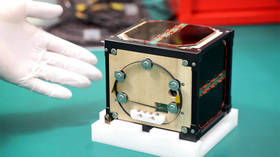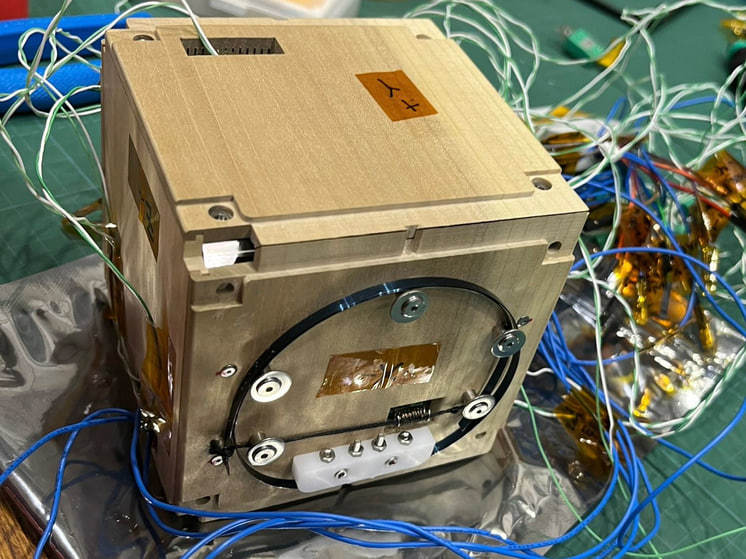World’s first wooden satellite launched into space (PHOTOS)

The world’s first wooden satellite has been launched into space, in a bid to prove that timber is a renewable space-grade material that could be used one day to build houses on the Moon and Mars.
Built by Japanese researchers, the satellite was launched on an unmanned SpaceX rocket from NASA’s Kennedy Space Center in Florida on Tuesday, according to media reports that cited Kyoto University’s Human Spaceology Center.
Named LignoSat, after the Latin word for wood, the tiny satellite weighing just 900 grams was developed by Kyoto University and homebuilder Sumitomo Forestry. The satellite reportedly arrived at the International Space Station (ISS) the same day aboard a SpaceX Dragon cargo capsule and is due to be released into orbit about 400 km (250 miles) above Earth.

“Wood is more durable in space than on Earth because there’s no water or oxygen that would rot or inflame it,” Kyoto University forest science professor Koji Murata told Reuters.
“Early 1900s airplanes were made of wood,” he noted. “A wooden satellite should be feasible, too.”
The LignoSat's panels are made of honoki, a type of magnolia tree traditionally used to make sword sheaths. The boxlike satellite was made using a traditional Japanese technique without screws or glue and also incorporates aluminum parts and electronic components.
LignoSat will stay in orbit for six months. It will measure how wood endures the extreme environment of space, where temperatures vary from -100 to 100 degrees Celsius.
“If we can prove our first wooden satellite works, we want to pitch it to Elon Musk’s SpaceX,” Takao Doi, an astronaut who studies human space activities at Kyoto University, told Reuters.
Doi’s team reportedly has a 50-year plan of planting trees and building timber houses on the Moon and Mars.
“With timber, a material we can produce by ourselves, we will be able to build houses, live and work in space forever,” the astronaut said.
Dr. Simeon Barber, a space research scientist at the Open University in the UK, told the BBC that this was not the first time that wood has been used on a spacecraft.
“We use wood – cork – on the re-entry, outer shell of vessels of spacecraft to help them survive re-entry into Earth’s atmosphere,” he said, adding that Soviet lunar landers used cork to enhance a rover’s grip as it descended to the surface.
LignoSat developers say that wooden satellites can minimize the impact on the environment as they are much less polluting than metal ones when they burn up during re-entry.













